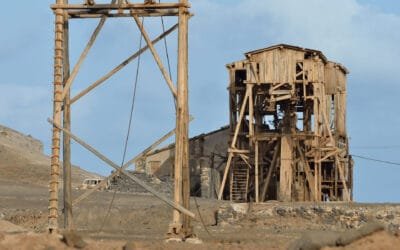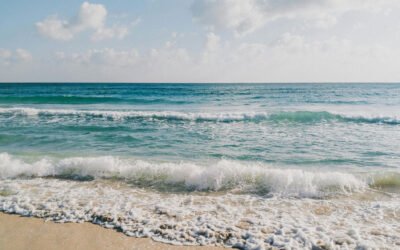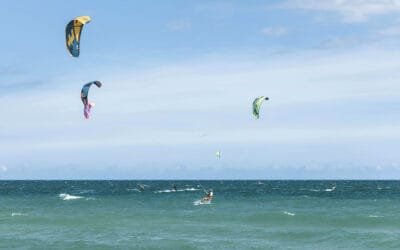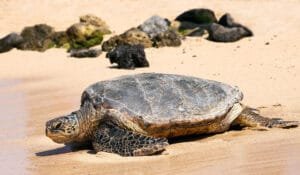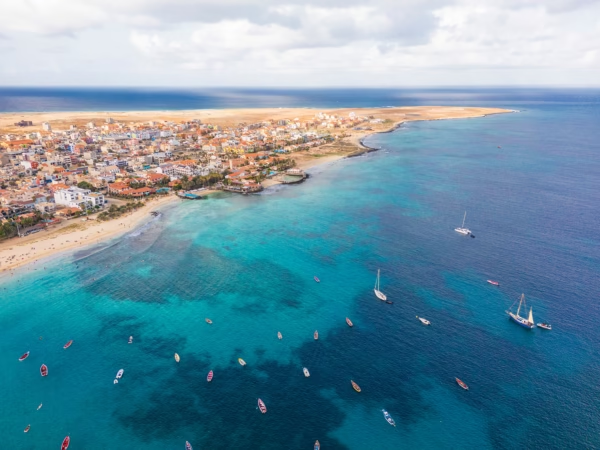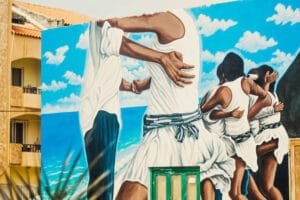Spanish Shipwreck on The Beach of Boa Vista Island
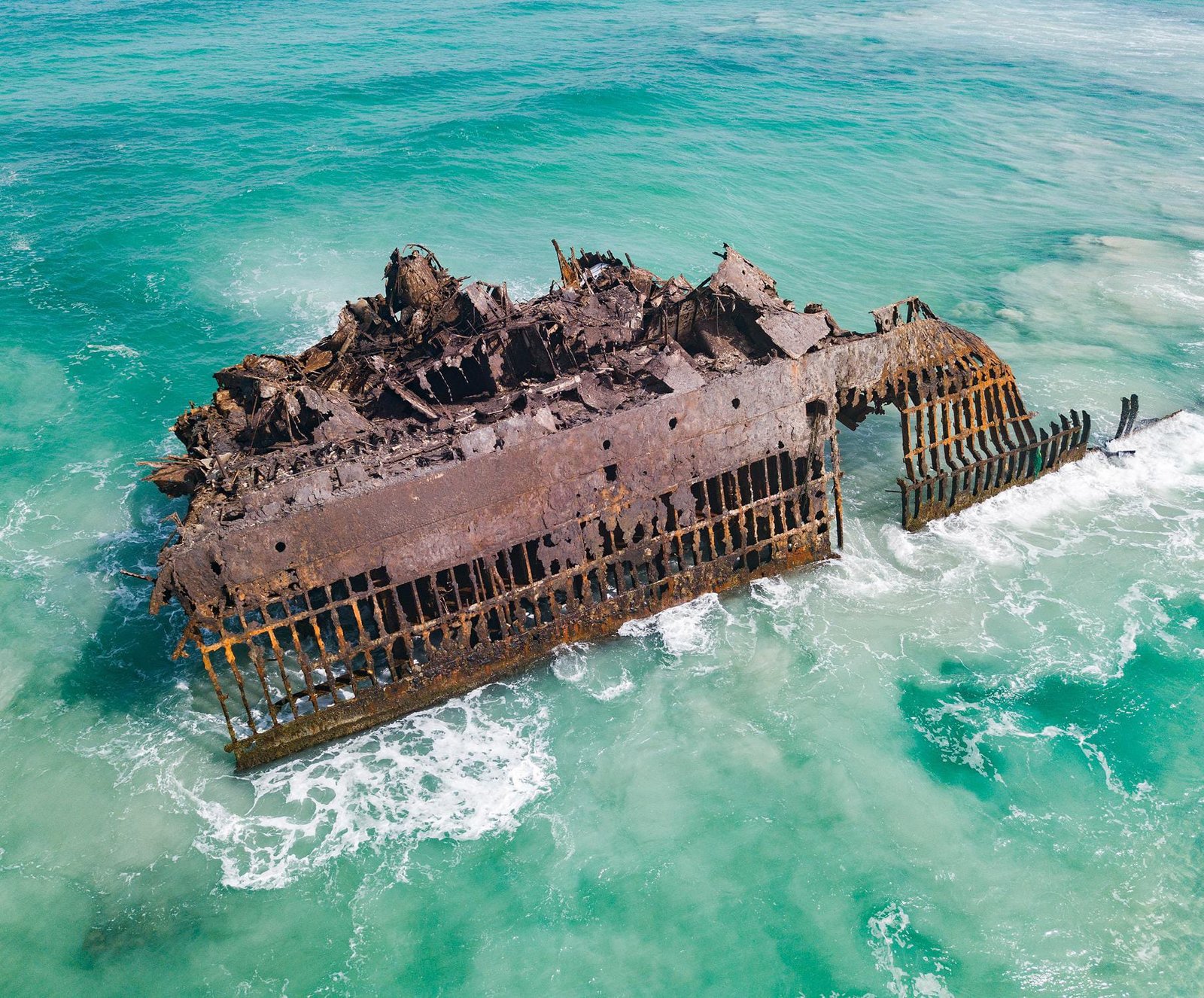
On the northeast coast of Boa Vista, far from the hotels of Sal Rei and the usual circuits of Cape Verde’s tourism economy, the iron skeleton of a ship rises unexpectedly from the sand. It is rusted, broken, and slowly dissolving into the Atlantic. And yet, over half a century since it ran aground, the Cabo Santa Maria remains in place — as a physical structure and cultural marker.
This is not a monument. There is no signage, no official protection, and no interpretive panel. The wreck sits where it stopped — on the beach of Praia de Atalanta — carved by wind, waves, and time.
The Ship That Never Reached Port
The Cabo Santa Maria was a Spanish-built cargo ship launched in 1957 from the shipyards of Cartagena. Owned by the Compañía Trasatlántica Española, it was a modern freighter for its time — steel-hulled, engine-powered, and fitted for long-haul routes across the Atlantic.
In September 1968, under the command of Captain Fernando de Solís, the ship departed Spain en route to South America. Its cargo, as later reported, was substantial and eclectic: canned food, machinery, building materials, textiles, spare parts — even luxury items like cars and porcelain — allegedly intended as economic support for Spanish-friendly regimes in Argentina and Brazil.
On the morning of 1 September 1968, just a few hours from its last radio check-in, the Cabo Santa Maria ran aground on Praia de Atalanta. The causes remain debated: some suggest poor visibility and inaccurate charts, others blame mechanical failure or navigational error. What is certain is that the vessel came to rest parallel to the beach, bow facing slightly inland, and would never leave.
All 38 crew members and five passengers were evacuated safely. A tug dispatched from São Vicente attempted to recover the ship, but shifting sand and hull damage made extraction impossible.
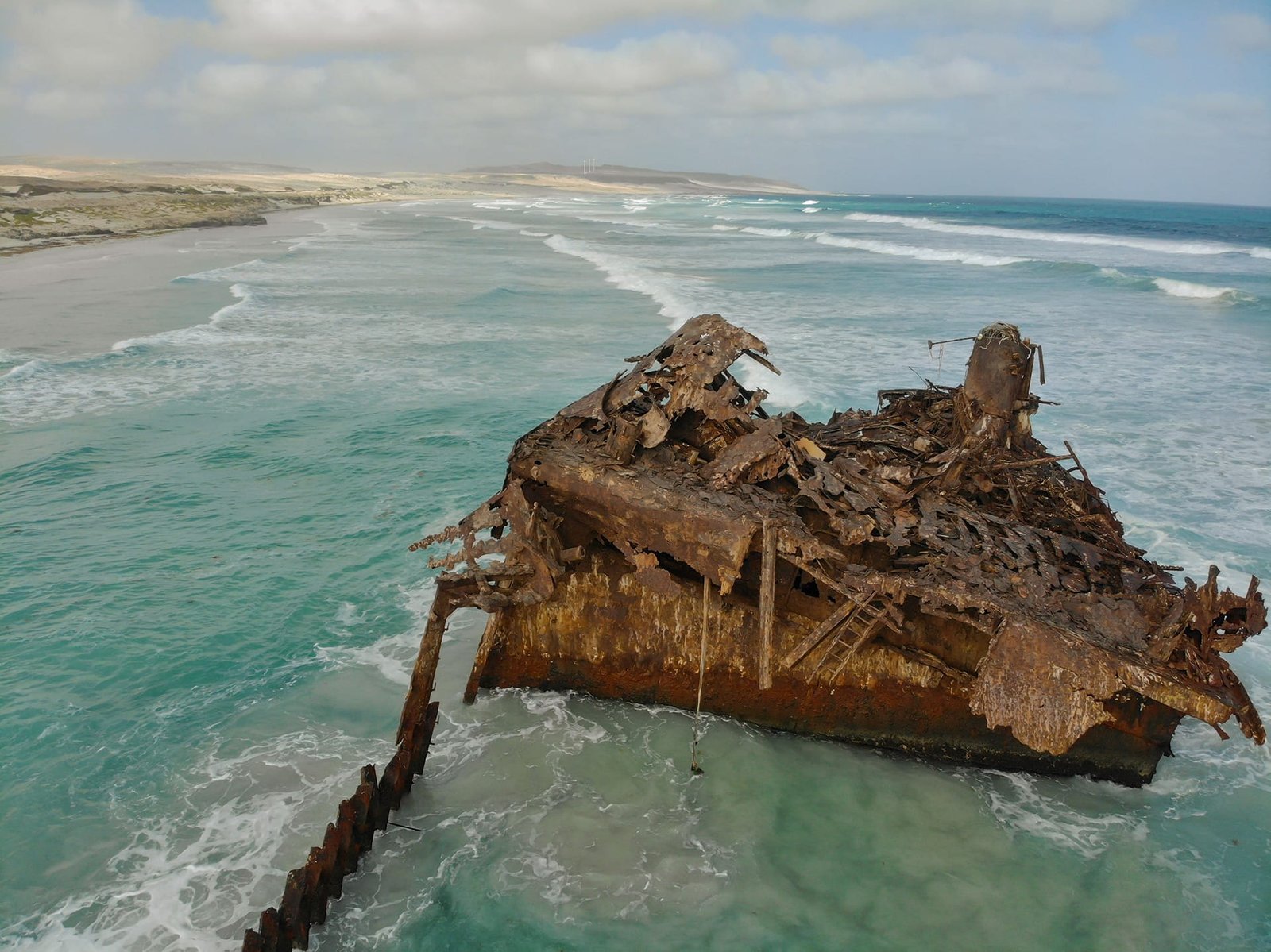
Unloading the Unintended Cargo
The grounding of a ship is rarely just a maritime event — it’s a social one. In the case of the Cabo Santa Maria, its presence off Boa Vista prompted a rapid and improvisational salvage effort. Residents of the island, then far more isolated than today, arrived by mule, foot, and truck to help remove the cargo. Civil authorities, stevedores from Mindelo, and local fishermen participated in unloading what they could.
Reports mention that church bells intended for a cathedral in Brasília were among the items retrieved, as well as food supplies that provided brief relief in a period marked by scarcity. For Boa Vista, a dry island dependent on imported staples, the wreck was not just an event — it was an interruption in routine, and a rare access point to the global circuit of goods.
Over time, the vessel was stripped of anything usable — doors, light fixtures, pipes, cables removed, repurposed, or lost to the elements.
A Landmark Without a Label
The shipwreck has become one of Boa Vista’s most photographed places. Its silhouette — angular, skeletal, and strangely harmonious against the soft dunes of Praia de Atalanta — features in postcards, tour itineraries, and travel blogs. Yet few visitors know the whole story. Fewer still can name the ship, the captain, or the year it arrived.
The site is commonly mislabelled as the “Santa Maria wreck,” a name it shares with other vessels elsewhere. The location, Praia de Atalanta, is sometimes called “Cabo Santa Maria Beach,” though that is a name assigned by memory, not maps.
Before this wreck, another vessel — the Atalanta, a Scandinavian cargo ship — was said to have grounded nearby in the early 20th century. Whether that earlier wreck gave the beach its name, or whether it was simply a coincidence, is unclear. What is clear is that this beach, like many in Cape Verde, holds layers of remembered events, often undocumented, known only by those who live nearby.
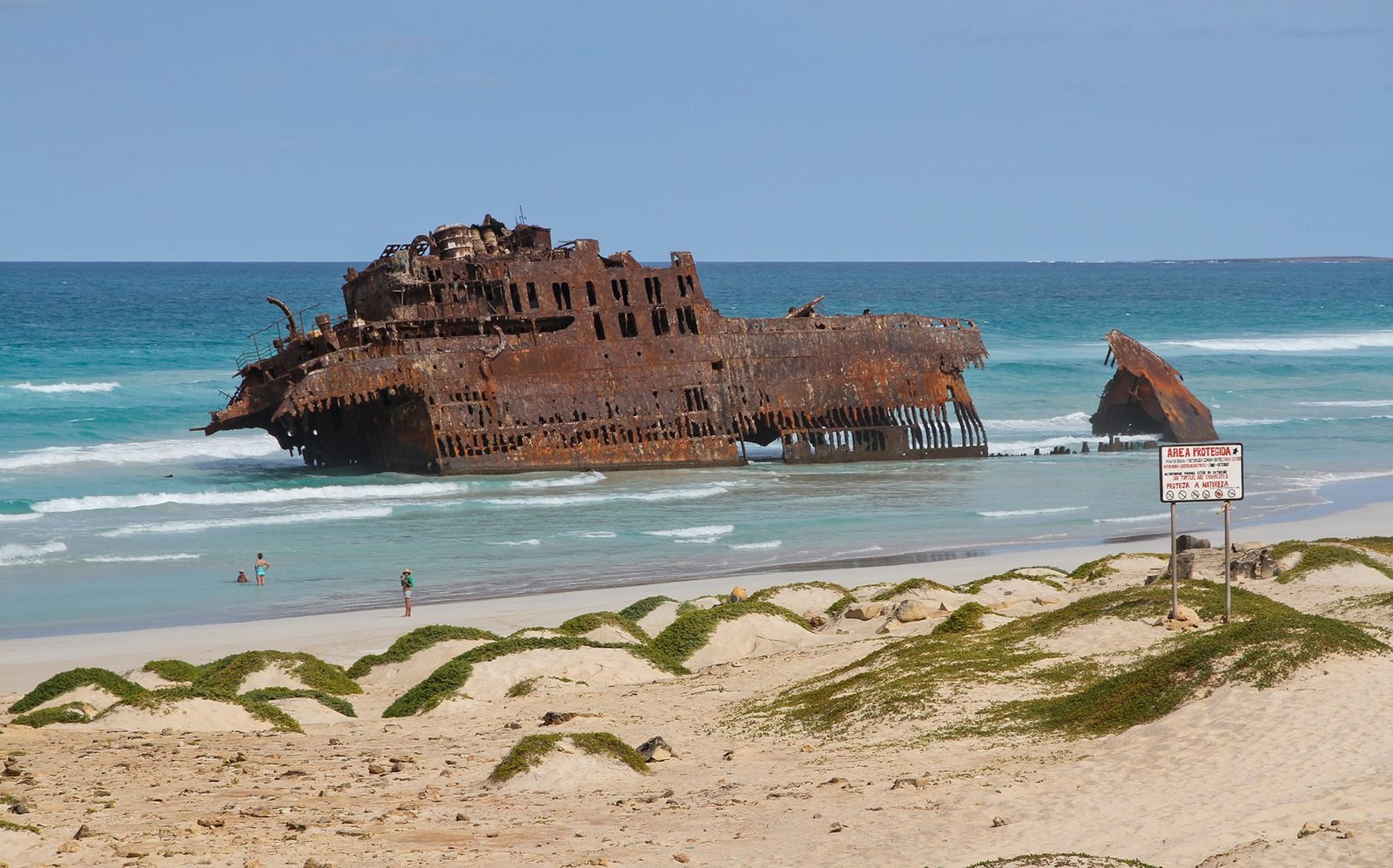
Getting There, With Caution
The site is roughly six kilometres north of Sal Rei and can be reached by foot, quad bike, or off-road vehicle. There is no signage and no infrastructure — no water, shade, or guides. Visitors are advised to carry water, avoid climbing the structure (which is unstable), and be mindful of wildlife. The best time for photography is late afternoon, when the light warms the iron into gold.
During turtle nesting season, access to certain beach sections may be restricted, and visitors are strongly encouraged to avoid disturbing marked nesting zones.
A Quiet Marker of a Global System
The Cabo Santa Maria was never meant to stay. It was part of a global system of cargo, commerce, and Cold War-era geopolitics — tasked with moving goods across the Atlantic in support of an authoritarian regime. It ended up instead as an unintended monument to failure, fortune, and contingency.
Boa Vista changed more slowly than its neighbouring islands, and for decades the wreck remained a local landmark more than a tourist attraction. But over time, as the island’s infrastructure developed, the ship gained another life: as a visual icon. Its image circulated, even as its story remained obscure.
Now, as the wreck continues to decay, it invites new questions. What happens when industrial history meets fragile ecology? When political cargo washes ashore in places that did not ask for it? And what does it mean when time itself becomes the artist — leaving behind something not as it was, but as it has become?
Bibliography
- Barcelo Experiences, “Cabo Santa Maria: The Shipwreck That Became the Stuff of Legends”;
-
The Wanders, “The Wreck of the Spanish Cargo Ship Cabo Santa Maria”;
-
Waymarking, “The Wreck of the Santa Maria”;
-
Wikipedia (Portuguese), “Praia da Atalanta”;
-
Wrecksite.eu, Entry on Cabo Santa Maria (1957–1968).
